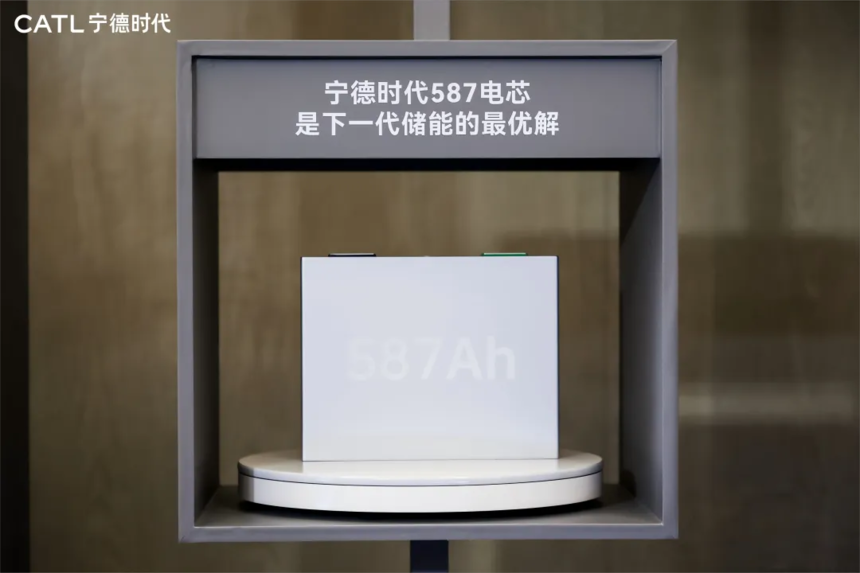NEWS CENTER
|
New Energy Storage DiversificationIn order to consider the diversification of centralized shared new energy storage and the combined development of short-term and long-term energy storage, the next step of centralized shared energy storage projects will encourage the use of long-term energy storage such as all-vanadium liquid flow and compressed air energy storage . Energy storage capacity depends on electro-chemistry, and electro-chemical technology depends on iron-lithium. Data shows that by the end of 2021, pumped hydro accounted for 86.3% of China's operational energy storage projects, while electrochemical storage accounted for 12.5%. Pumped hydro was the mainstream energy storage power station. However, by the end of 2024, the cumulative installed capacity of new energy storage projects in operation nationwide reached 73.76GW/168GWh, surpassing pumped hydro to become the dominant type. Of these new energy storage projects, over 90% were electrochemical storage. There are multiple electrochemical energy storage technology approaches, including lithium iron phosphate, lithium titanate, ternary lithium, lithium sulfur, sodium ion, and liquid flow. According to EVTank data, lithium iron phosphate batteries will account for 92.5% of various energy storage applications in 2024. It can be said that energy storage power stations have completely adopted lithium iron phosphate batteries. lithium iron phosphate is so popular is that it conforms to the development trend of energy storage technology - high safety, long cycle life, low cost and high energy density. In terms of cost, lithium titanate batteries, sodium-ion batteries, and flow batteries are all very expensive, while the cost of lithium iron phosphate cells has dropped to around 0.3 yuan/Wh, demonstrating their significant advantages. Furthermore, in terms of energy density, lithium iron phosphate batteries are second only to lithium titanate and ternary lithium batteries, and in terms of cycle life, they are second only to flow batteries.
Lithium iron phosphate battery cell (Source: CATL) In recent years, with the rapid growth of renewable energy installations like wind and solar power, particularly large-scale wind and solar power projects, the demand for longer energy storage has also increased. Data from the National Energy Administration indicates that by 2024, new energy storage power station projects with a duration of four hours or longer will gradually increase, accounting for 15.4% of installed capacity, an increase of approximately 3 percentage points from the end of 2023. Projects with a duration of two to four hours will account for 71.2% of installed capacity, and projects with a duration of less than two hours will account for 13.4%. In terms of duration alone, pumped storage has the greatest advantage, but due to its geographical limitations and long construction period, it is difficult to apply on a large scale. In new energy storage, lithium iron phosphate technology can achieve a battery life of 8 hours or even longer by increasing the capacity of battery cells or optimizing the design in system integration, but the problem that comes with it is that the cost will increase significantly. In terms of duration, vanadium liquid flow batteries and air compression energy storage technologies have the greatest advantages. All-vanadium liquid flow technology adopts a design that separates energy storage and power output, allowing it to independently adjust energy storage capacity and power, and has the "gene" for long-term electricity storage; while air compression energy storage stores electrical energy in huge underground caves or gas tanks, which is also very suitable for long-term energy storage. As industry demand for long-duration energy storage grows, all-vanadium flow batteries and air energy storage are experiencing rapid growth. Twelve new GWh-class projects are expected to be connected to the grid in 2024, including 10 mainstream lithium-ion battery projects and two compressed air energy storage projects. In 2024, installed capacity of flow battery energy storage will reach 1.81GWh, compared to just 270MWh in 2023, a 570% increase. The construction of long-duration energy storage power stations requires consideration not only of the technical approach itself but also of multiple factors, including the local economy, energy supply and demand characteristics, and power system operational requirements. In practice, a growing number of new energy projects are finding it difficult to meet the needs of a single energy storage technology. Consequently, hybrid energy storage projects are attracting significant attention. Hybrid energy storage projects utilize different energy storage technologies, leveraging their complementary strengths to optimize overall functionality. According to incomplete statistics, by 2024, the newly installed capacity of hybrid energy storage had reached 3.39GW/9.386GWh. Nearly 20 hybrid energy storage solutions have been demonstrated, included in regulations, or registered in various regions, with the most common being the "lithium iron phosphate +" solution. Among these, the "lithium iron phosphate + all-vanadium redox flow battery" solution is both the most numerous and the largest in scale. "lithium iron phosphate + flywheel energy storage + all-vanadium redox flow battery" and "lithium iron phosphate + compressed air energy storage" are also common. Diversified development of energy storage is an inevitable trend. |

